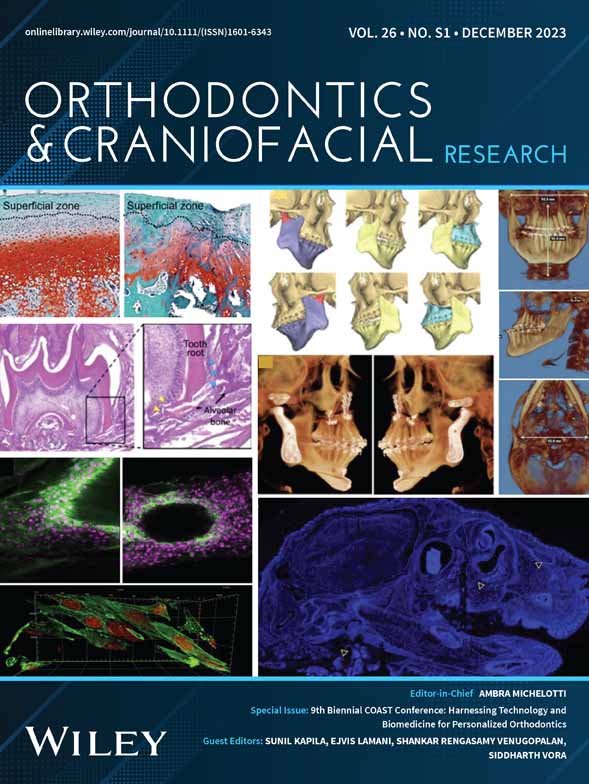Evaluating video-based lectures on YouTube for dental education
Abstract
Purpose/Objectives
Multimedia presentations and online platforms are used in dental education. Though studies indicate the benefits of video-based lectures (VBLs), data regarding user reception and optimal video features in dental education are limited, particularly on Web 2.0 platforms like YouTube. Given increasing technology integration and remote learning, dental educators need evidence to guide implementation of YouTube videos as a freely available resource. The purpose of this study is to determine video metrics, viewership and format efficacy for dental education videos.
Methods
First, a cross-sectional survey was conducted of viewers (N = 683) of the Mental Dental educational videos on YouTube. Analytics were evaluated for 677 200 viewers to assess audience demographics, retention and optimal video length. Second, a randomized crossover study was conducted of dental students (N = 101) who watched VBLs in either slideshow or pencast formats and were tested on content learning to compare format efficacy.
Results
Most viewers of Mental Dental videos were dental students (44.2%) and professionals (37.8%) who would likely recommend the platform to a friend or colleague (Net Promoter Score = 82.1). Audience retention declined steadily at 1.34% per minute, independent of video length. Quiz performance did not differ between slideshow and pencast videos, with students having a slight preference for slideshows (P = 0.049).
Conclusions
Dental students and professionals use VBLs and are likely to recommend them to friends and colleagues. There is no optimal video length to maximize audience retention and lecture format (slideshow vs. pencast) does not significantly impact content learning. Results can guide implementation of VBLs in dental curricula.
CONFLICT OF INTEREST STATEMENT
Ryan Gross is the owner of the Mental Dental YouTube channel. He earns advertisement revenue from videos, though they are freely available for public consumption. This research was conducted using some of the content he curated. However, research questions were not geared at promoting this educational platform, but rather investigating its effectiveness objectively. All other authors have no conflicts of interest to declare.
Open Research
DATA AVAILABILITY STATEMENT
The data that supports the findings of this study are available in the supplementary material of this article.




